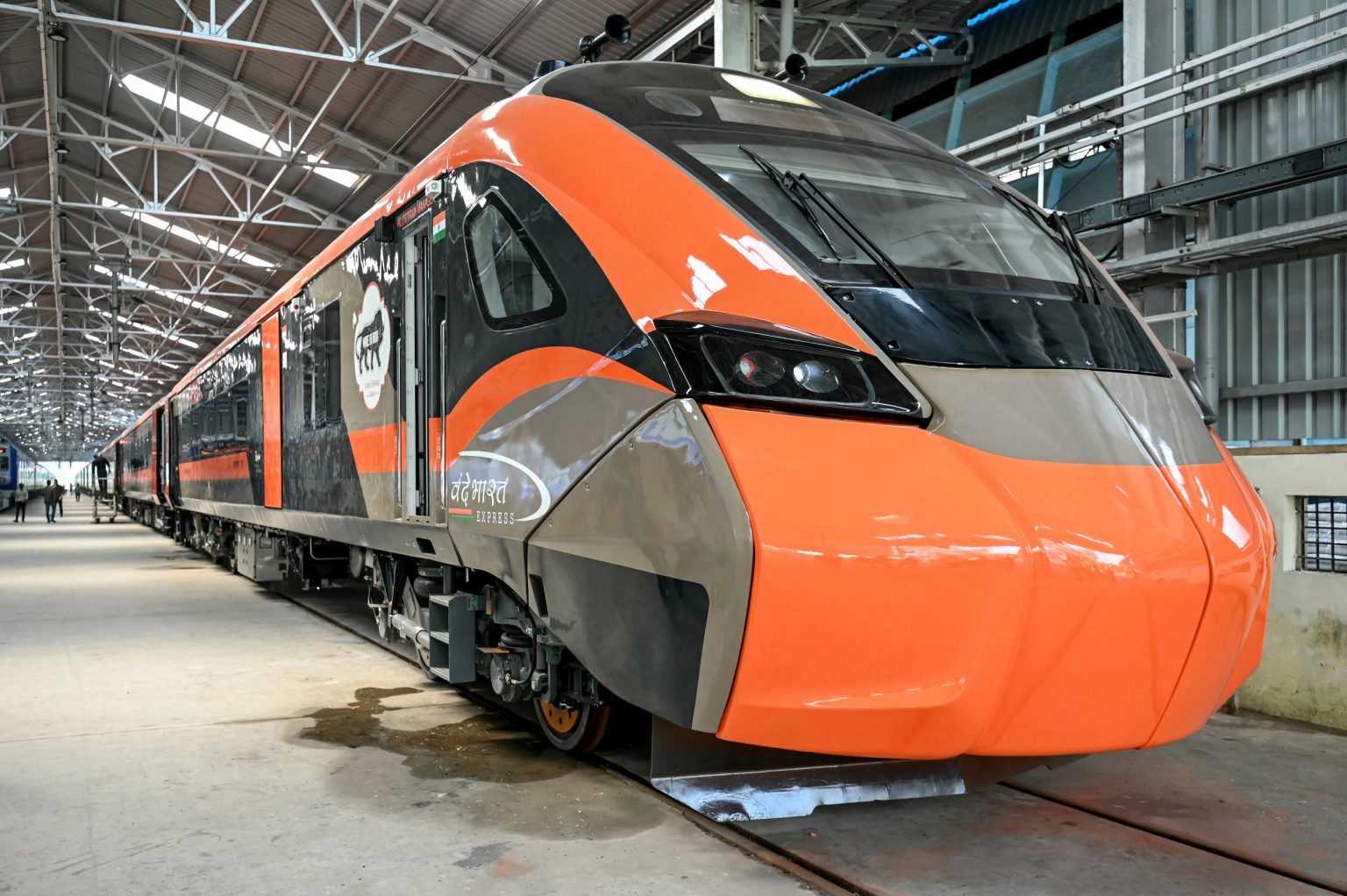India is embarking on an ambitious initiative to manufacture its own version of the Japanese bullet train to establish a high-speed rail network capable of transporting passengers at speeds of up to 174 mph. This initiative centers on the Mumbai-Ahmedabad High Speed Rail Corridor, the country’s first-ever high-speed rail line, which will span over 315 miles. The Integral Coach Factory has partnered with Bharat Earth Movers Limited to produce these new trainsets, with delivery expected by the end of 2026. As reported by the Times of India, crucial milestones have already been achieved, including finalizing land acquisition by early 2024, awarding all civil contracts, and completing much of the necessary infrastructure work. This high-speed rail project encapsulates a broader vision of modernizing India’s transportation infrastructure.
Importantly, India’s new bullet trains will operate at a slower pace compared to Japan’s Maglev trains, which have recorded test speeds of approximately 370 mph, yet they signify a pivotal advancement in domestic manufacturing capabilities. Railway Minister Ashwini Vaishnaw highlighted that this undertaking aligns with the “Make in India” initiative launched by Prime Minister Narendra Modi in 2014. This initiative’s core objective is to bolster domestic production, eventually establishing India as a vital global design and manufacturing hub. It aims not just to invite international partnerships but also to instill confidence in local entrepreneurs regarding India’s industrial potential.
The specifications for the train sets reflect a commitment to passenger comfort and safety, featuring chair cars with state-of-the-art elements such as aerodynamic designs, sealed gangways, automatic doors, climate control systems, security through CCTV, mobile charging facilities, effective lighting systems, and advanced fire safety equipment. Vaishnaw emphasized that the design and manufacturing process for high-speed trains is intricate and technology-intensive, noting that India plans to leverage the lessons learned from the successful Vande Bharat project introduced in 2019 under the “Make in India” initiative.
Moreover, progress on the Mumbai-Ahmedabad High Speed Rail Corridor exhibits a remarkable collaboration between India and the Japanese government. Vaishnaw provided updates on the construction process, mentioning that while importation of Japanese technology played a key role in initial track construction, India has progressed to producing critical equipment domestically. During his inspection of a track slab manufacturing factory in Surat, he remarked on the establishment being one of the largest in the world for such manufacturing. This shift towards local production reflects a significant step towards self-sufficiency and demonstrates the technical skills and capabilities of the local workforce involved in maintaining high standards.
By September, the National High-Speed Rail Corporation Limited reported that more than half of the essential bridge constructions needed for the Mumbai-Ahmedabad rail line had been completed. This rapid development underscores the project’s momentum and signifies the potential of India’s plans to enhance its transportation infrastructure through innovative engineering and partnerships. The project is positioned as a transformative venture that is set to redefine travel standards and connectivity within the country, catering to the burgeoning demand for faster and more efficient public transportation.
As India moves forward with these ambitious plans, it is not only looking to enhance its domestic capacities but also aiming to position itself as a key player in the global rail manufacturing industry. The successful implementation of the Mumbai-Ahmedabad High Speed Rail Corridor may serve as a model for future projects, showcasing India’s commitment to modern infrastructure development and an evolving transportation landscape. This initiative reflects a broader narrative of progress, signaling that India is determined to embrace advanced technology while fostering its industrial growth and enhancing the overall travel experience for its citizens.



